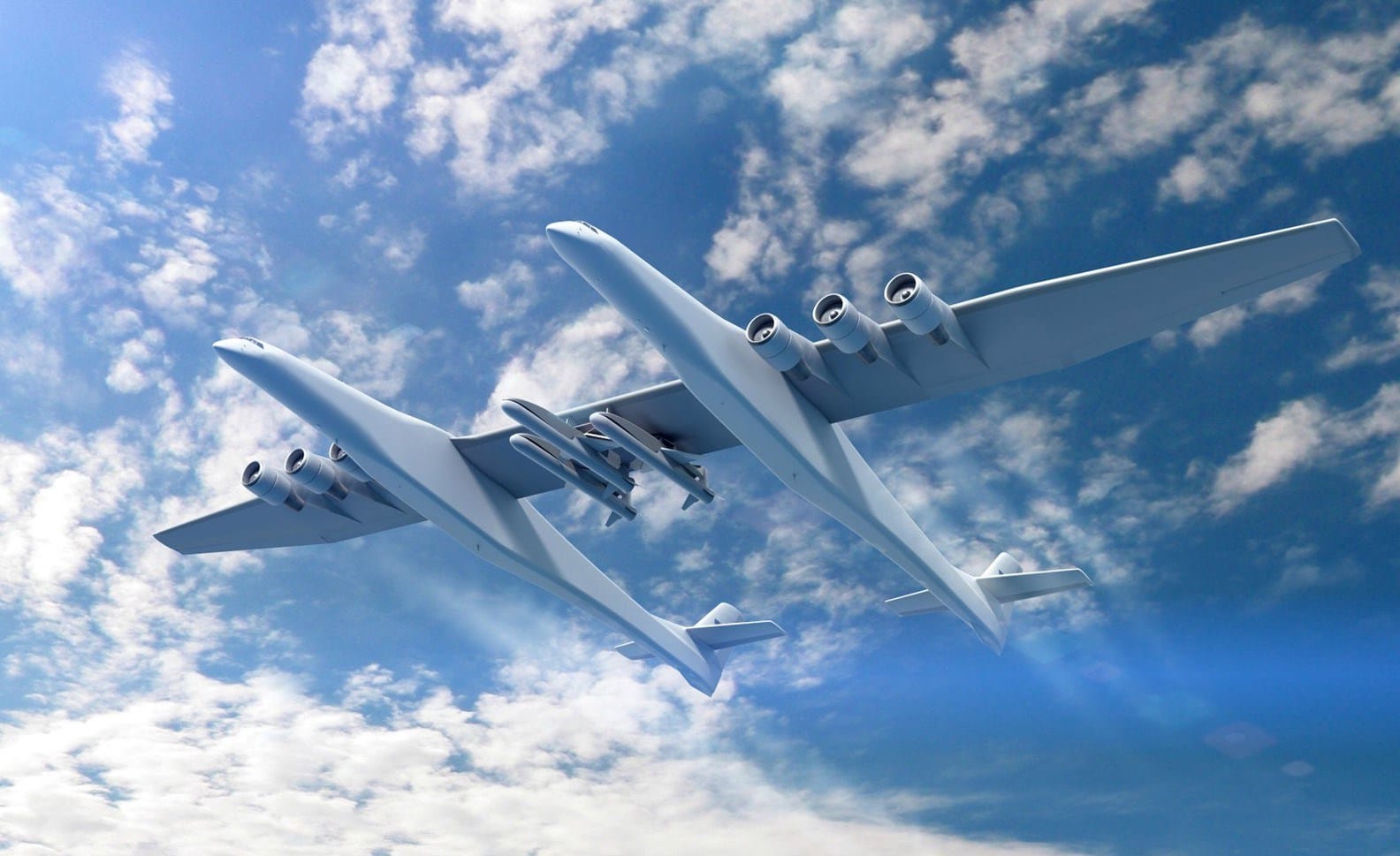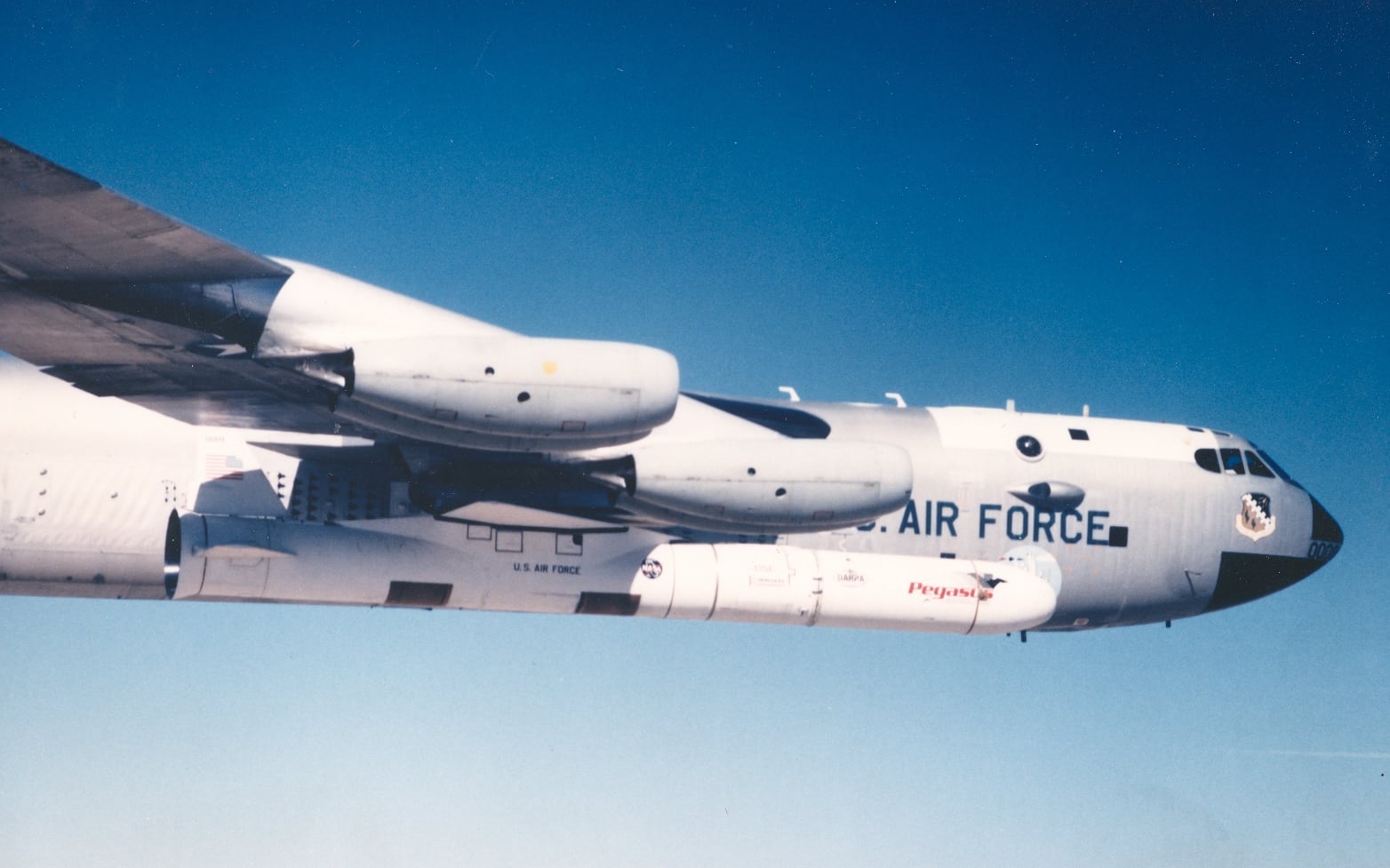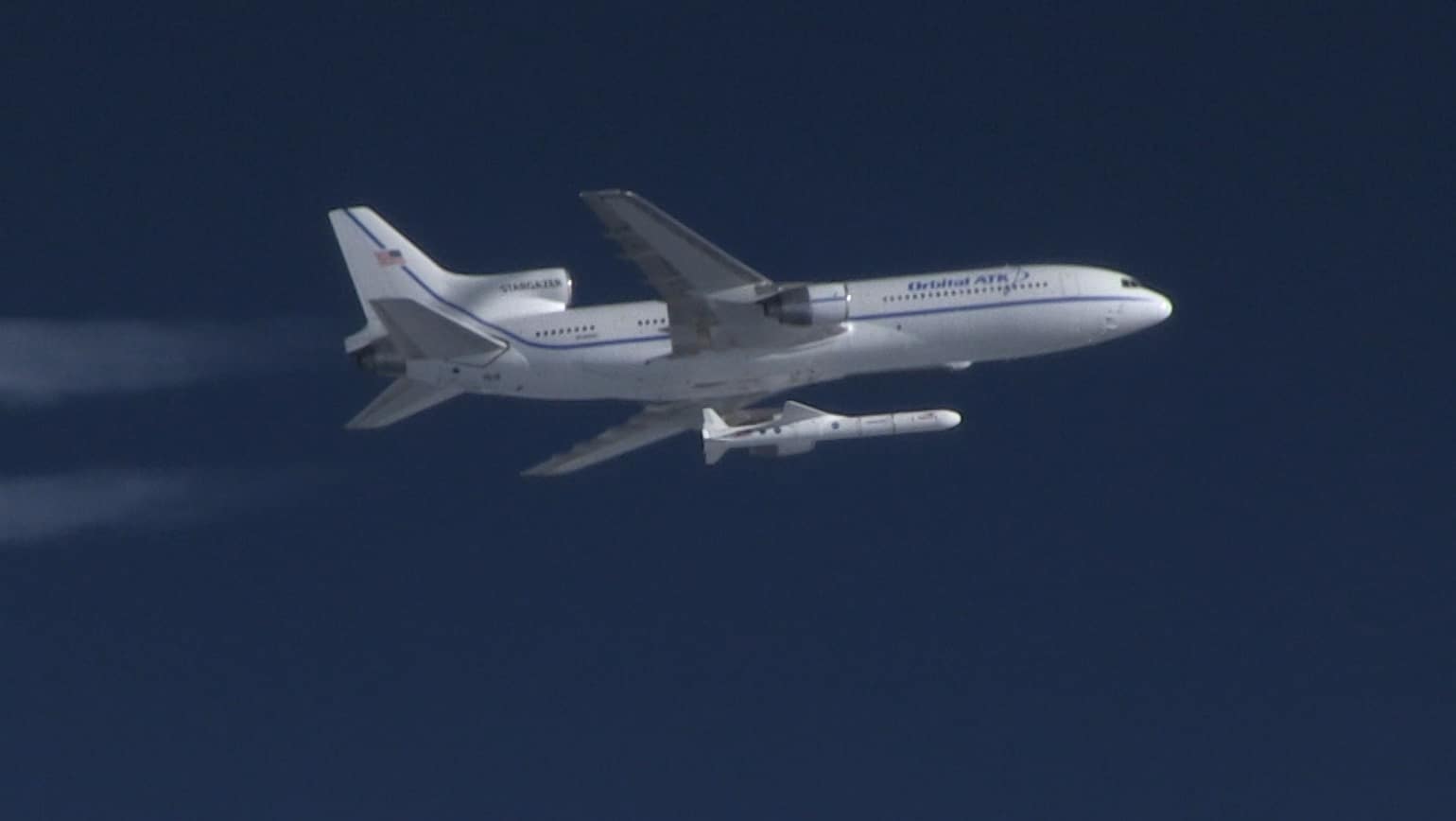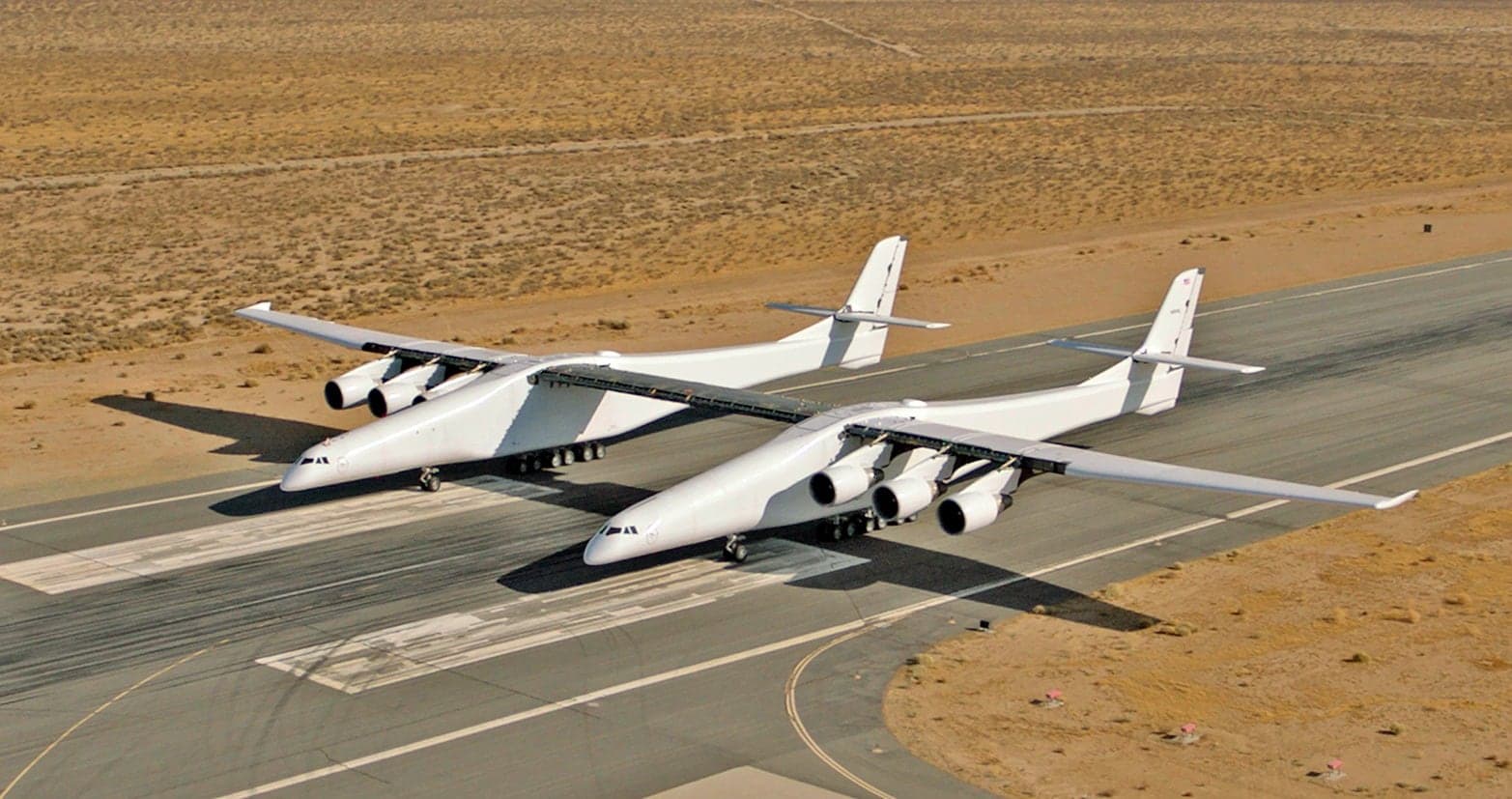The world’s largest airplane, the Scaled Composites Model 351 Stratoalunch, is in the news again. The ginormous aircraft hasn’t really changed or done anything especially noteworthy since its successful low-speed taxi tests back in December of 2017. But Stratolaunch is now saying they hope to fly the aircraft for the first time “this fall.” Stratolaunch has also announced the family of launch vehicles the company hopes will enter service beginning in 2020.

Jean Floyd, Chief Executive Officer of Stratolaunch, remarked, “We are excited to share for the first time some details about the development of our own, proprietary Stratolaunch launch vehicles, with which we will offer a flexible launch capability unlike any other. Whatever the payload, whatever the orbit, getting your satellite into space will soon be as easy as booking an airline flight.”

The first launch vehicle is the Pegasus, which has already been successfully launched more than 35 times. The company is touting the reliability and sustainability of the Pegasus. Initially, a NASA-owned Boeing NB-52B Stratofortress Balls Eight (52-008) served as the Pegasus carrier aircraft. In 1994 Orbital began using a former Air Canada Lockheed L-1011 Tristar named Stargazer as the launch aircraft. Stratolaunch will be the third launch solution for Pegasus.

Stratolaunch also announced the Medium Launch Vehicle (MLV), which is a new medium-class air-launch vehicle optimized for short satellite integration timelines, flexible launch profiles, and affordable launches. The MLV will be able to carry a 7,496 pound payload and is expected to fly for the first time in 2022. A version of the MLV, the MLV-Heavy with three rocket engine cores that will be capable of carrying a 13,228 pound payload, is in development.

The other launch vehicle in development is the Stratolaunch Space Plane, a fully reusable medium-class payload vehicle that enables advanced in-orbit capabilities and cargo return. As of now the design of the Space Plane is optimized for cargo launch. A variant capable of carrying humans into space will follow. Should development and testing proceed successfully, the Stratolaunch fleet of launch vehicles will bring space travel closer to reliability and affordability than ever before.
